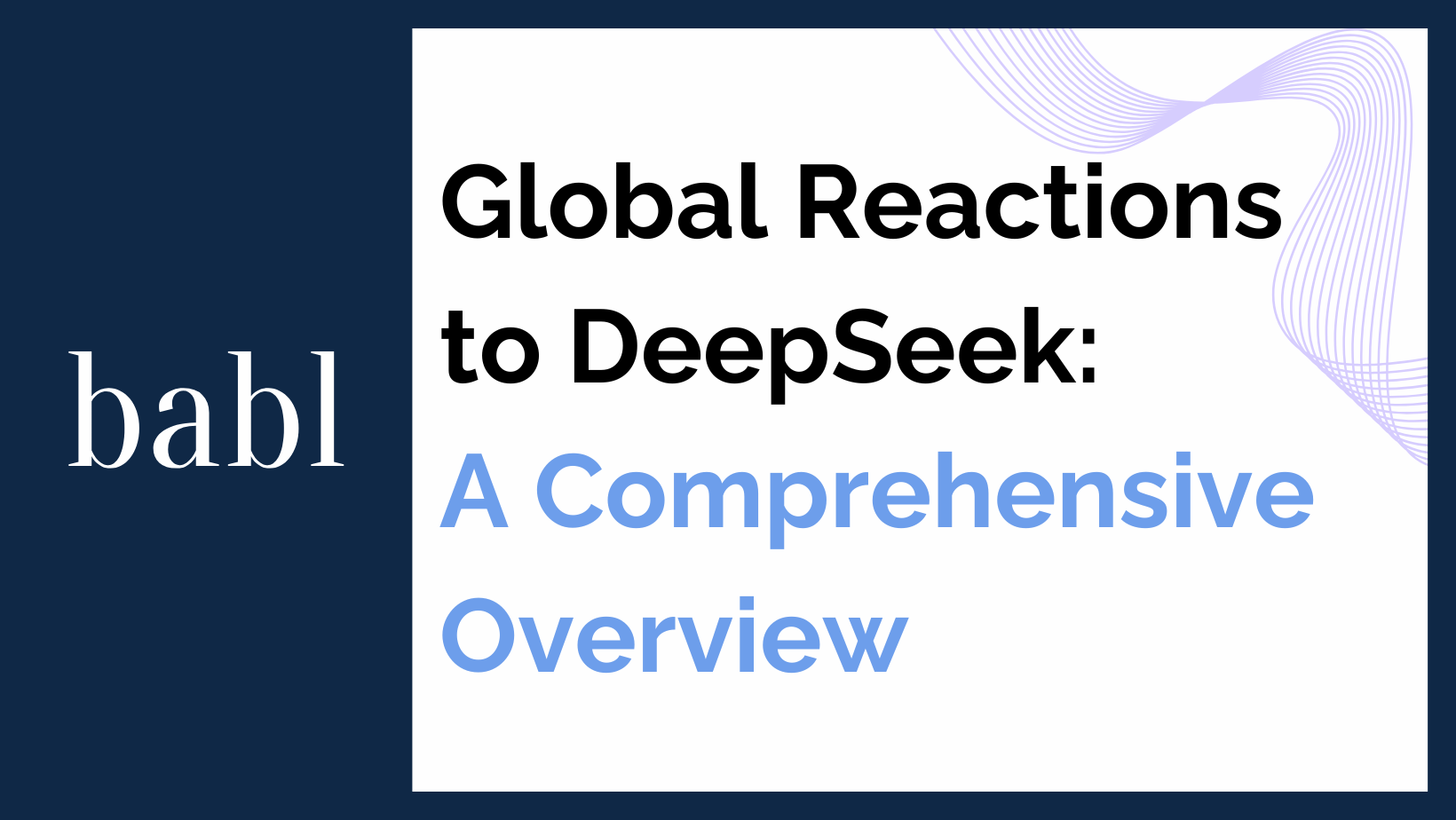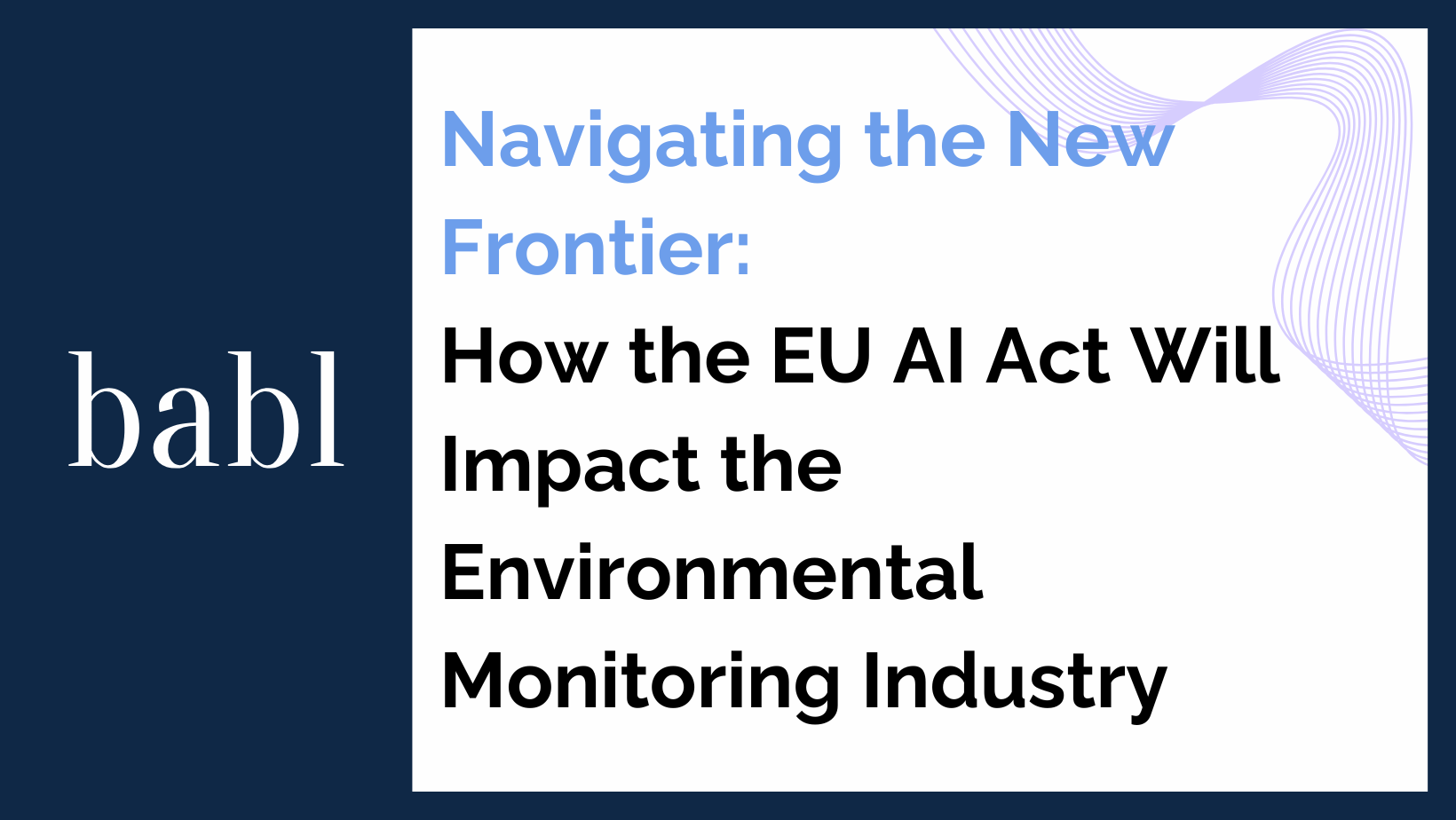UPDATE – MAY 2025:
The final version of the EU AI Act was adopted by the European Parliament in March 2024. Most provisions are phasing in over a two-year implementation period. Conformity Assessments remain a central requirement for high-risk AI systems under the EU AI Act and are now supported by formal guidance from the European Commission and national regulators. BABL AI offers independent audits aligned with EU AI Act requirements to support CE marking, documentation, and post-market compliance.
ORIGINAL BLOG POST:
What is an EU AI Act Conformity Assessment?
As the EU finalizes the implementation of its landmark Harmonised Rules on Artificial Intelligence, known as the EU AI Act, many organizations are focused on one critical compliance element: the Conformity Assessment. This mandatory process is key to ensuring that AI systems—especially those deemed high-risk—meet EU legal standards before entering the market.
While some organizations are assessing their risk category under the EU AI Act, others are now actively preparing for the testing, documentation, and CE marking required through conformity assessments.
What an EU AI Act Conformity Assessment Means for High-Risk AI Systems
Under the EU AI Act, a Conformity Assessment is a structured certification process to confirm that an AI system meets legal, ethical, and technical requirements. The depth and scope of this process vary based on the risk level of the system:
- High-risk AI systems must undergo a full conformity assessment.
- Limited-risk systems may require lighter procedures, such as internal testing and documentation.
- Minimal-risk systems are exempt but still subject to transparency obligations.
However, the assessment may be conducted internally by the provider or externally by a third-party assessment body. For certain high-risk applications—such as those used in law enforcement, healthcare, or critical infrastructure—a third-party audit is mandatory.
What Does a Conformity Assessment Include?
The assessment evaluates whether the system meets EU AI Act requirements across several dimensions, including:
- Risk management protocols
- Training and validation datasets
- Technical documentation
- Human oversight mechanisms
- Transparency obligations
- Accuracy and robustness
- Cybersecurity safeguards
Also, the goal is to ensure that the AI system behaves reliably and aligns with its intended use, minimizing risks to individuals and society.
EU AI Act Documentation and CE Marking Requirements
Once the assessment is complete, providers must issue a legal declaration of conformity stating that their system complies with the EU AI Act. This allows the system to be placed on the EU market and carry the official CE marking—a requirement for all compliant high-risk systems.
Providers must also maintain comprehensive technical documentation, including:
- Design and development processes
- Risk evaluation procedures
- System metrics and testing outcomes
- Lifecycle and post-market monitoring plans
These materials must be made available to supervisory authorities upon request.
Ongoing EU AI Act Compliance and Post-Market Oversight
Also, compliance doesn’t stop once the AI system is deployed. The EU AI Act includes ongoing oversight, requiring:
- Regular updates to documentation
- Continuous system performance monitoring
- AI audits and supervisory authority reviews
Importantly, these measures help ensure long-term reliability and public trust in high-risk AI systems.
Need Help?
Conformity assessments are not just a legal formality—they are a cornerstone of AI governance in the EU. BABL AI offers support throughout the process, including:
- Independent Conformity Assessments
- Gap analyses for existing AI systems
- Full audit-readiness support
- Documentation reviews and CE marking preparation
Therefore, contact BABL AI today to schedule a consultation with one of our EU AI Act compliance experts.





